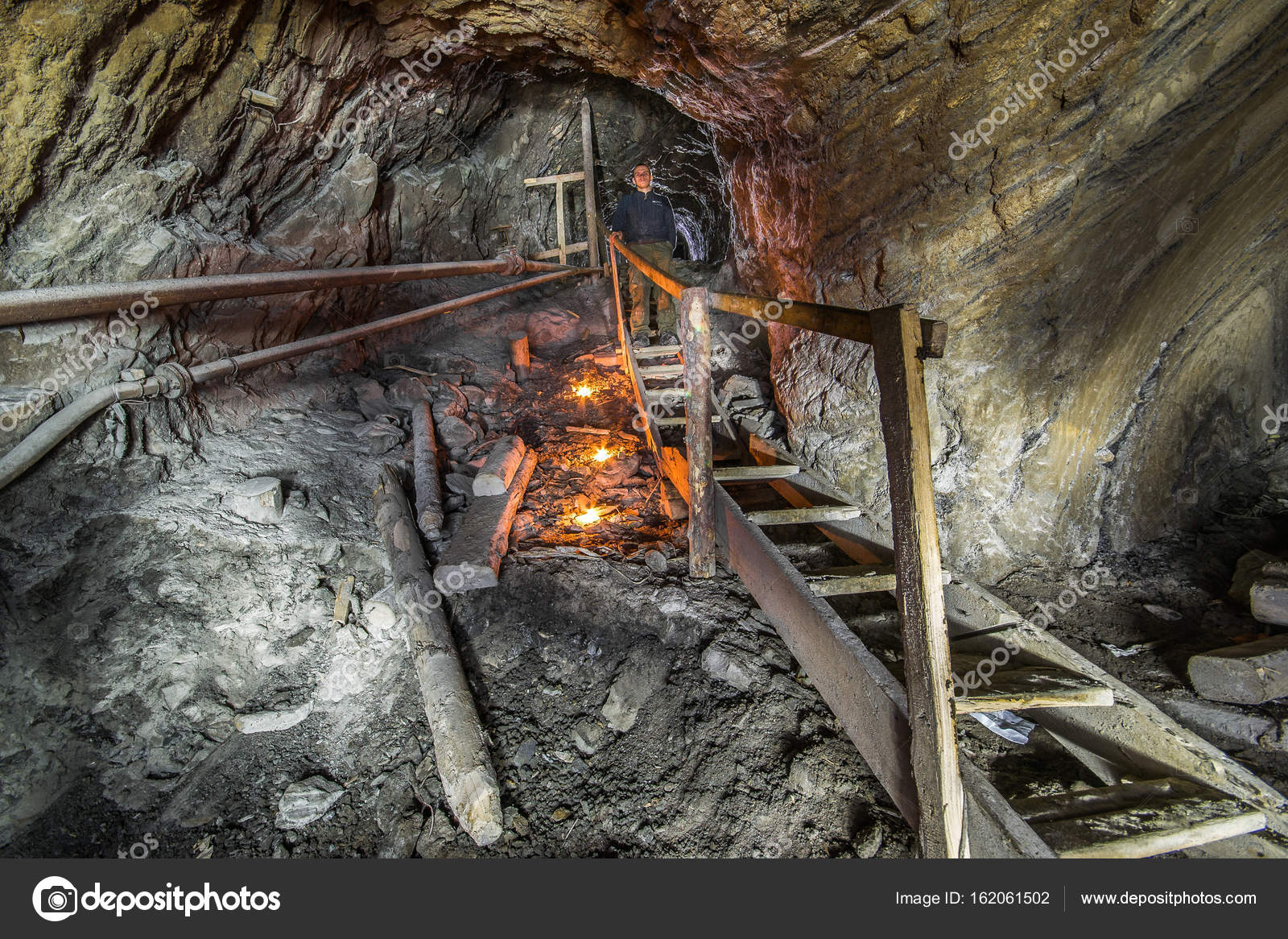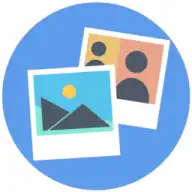
© Courtesy of Harry & David harry and david cheese class
You may have mastered baking since the bread-making part of quarantine took off, but you don’t need an oven to get in on one of today’s biggest food trends: charcuterie boards. For anyone unfamiliar with the concept, a charcuterie board consists of curated meats and cheeses and garnishes like olives, grapes, jams and crackers or bread. Sure, anyone can put those things on a plate, but it takes a special set of skills to carefully curate the perfect arrangement. Lucky for you, there’s a workshop for that — and you don’t have to leave your home to participate.

Gourmet gift company Harry & David has joined forces with Alice’s Table, which hosts flower arranging workshops nationwide. For the partnership, Alice’s Table founder and CEO Alice Lewis will give step-by-step instructions on how to craft the perfect charcuterie board, answer questions and engage with participants in a live, virtual class.
Tickets for the workshop cost $125 per person, and prior to the event, everyone will receive a special Harry and David kit containing Royal Riviera pears, salamis, cheeses, olives, crackers and more. Spaces are limited, so book while you can. You can also schedule a private event if, say, you want to do a team-building activity at work or get the family together for a night of cheese-filled fun.
Worms: The first was a worm we named PhotoMiner. First detected by our global sensor network in January 2016, PhotoMiner infiltrates endpoints by infecting websites hosted on FTP servers, while. Trojan Photominer is a detection for a family of Coin Miner. It infects insecure FTP servers and alters the source code of the HTML page to spread. When a user accesses the infected page, they get a pop-up message asking them to run the file by the name “Photo.scr”. Explore Steve Minor's 366 photos on Flickr! We and our partners process personal data such as IP Address, Unique ID, browsing data for: Use precise geolocation data Actively scan device characteristics for identification. Some partners do not ask for your consent to process your data, instead, they rely on their legitimate business interest.
There’s no such thing as too much cheese, reader. If you, like us, are elated by all-things-fromage, get dinner on the table with our meltiest, gooiest, creamiest and most irresistible mac and cheese recipes.
Ever happened to you that you were looking for a photo you received a long time ago but do not remember if it was received by Messenger or Mail or some other application?
Each application stores their attachments (photos) in different location and mostly they do not offer an easy way of browsing them. You have to look in the application’s history and that’s a real pain.
And what about an external disk full of photos with strange filenames and what’s worse: in one directory without any hierarchy?
Photo Minorque
This is where PhotoMiner helps.

Photomineralization
PhotoMiner scans your directories for photographs. Just select a directory or drop it to the application window or dock icon and it will scan it for pictures. It displays them in chronological order based on date taken from picture’s EXIF data or from file creation time when EXIF is not available.


You can open photos in default application (mostly Preview), view them with QuickView the same was as in Finder, remove, perform basic modifications or open in Finder.
Your photograps are grouped by dates. For each month of each year there’s one group holding only those photographs which were taken at that date. This helps you searching for memories and also organizing an unorganized folder of photographs. Just select photos you want to copy to a specific folder and drag&drop them to a new directory.
Also you can open your photograps in external editor or viewer by dropping their thumbnail to Dock icon of the application you want to use.
